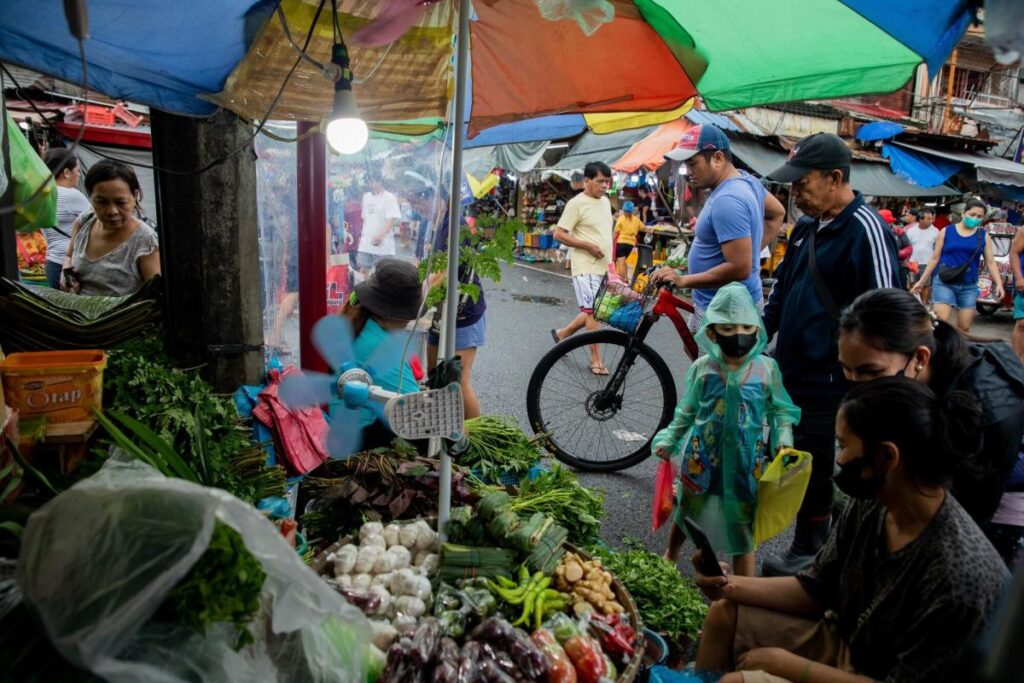In October, inflation in the Philippines experienced an uptick, reaching 2.3% year-on-year, as reported by the statistics agency. This figure aligns precisely with economists’ expectations and falls within the Bangko Sentral ng Pilipinas’ (BSP) forecast range of 2% to 2.8% for the month. The increase in consumer prices can primarily be attributed to a rise in food prices, notably impacting staple items like rice. This uptick in inflation comes after a notable deceleration in September, where inflation had plummeted to 1.9%, the lowest rate observed since May 2020. This decline was below the BSP’s target range of 2% to 4%, signaling a significant shift in the inflationary landscape.
In response to the previous month’s lower inflation rates, the central bank took action by reducing its benchmark interest rate by 25 basis points in September, bringing the rate down to 6%. This decision marked the second time this year that the BSP opted for a rate cut, emphasizing a broader trend towards monetary easing as economic conditions appear to stabilize. Central bank Governor Eli Remolona expressed that while there may be additional opportunities for rate cuts, significant reductions, such as half-point cuts, are unlikely unless there is a more severe downturn in the nation’s economic growth than anticipated.
The latest inflation figures give the BSP some breathing room to maintain its easing cycle and support the economy amid fluctuating prices. Sustaining lower interest rates can stimulate economic growth by encouraging borrowing and investment, a critical factor as the Philippines navigates its post-pandemic recovery. However, the central bank is committed to a cautious approach, ensuring that any adjustments in monetary policy align with ongoing economic indicators and inflation trends.
Food prices, particularly staple items such as rice, are significant contributors to the inflation rate in the Philippines. These increases have a direct impact on household expenditures and overall consumer sentiment. Inflation dynamics are particularly sensitive to food price fluctuations, as they are essential to the daily lives of Filipinos. The central bank monitors these price changes closely, as they can inform both monetary policy decisions and broader economic strategies aimed at maintaining stability.
Looking ahead, the BSP will need to remain vigilant in its assessment of economic growth, inflation, and external factors that may influence these variables. With the global economic landscape constantly evolving, policymakers must adapt their strategies to ensure that inflation remains manageable while fostering growth. The potential for various external shocks, including shifts in commodity prices or geopolitical tensions, will also require adaptive strategies from the central bank.
In conclusion, while the Philippine economy faces challenges, the current inflationary data provides a reason for controlled optimism, allowing the central bank to pursue its easing strategy. By carefully managing interest rates and supporting economic recovery initiatives, the BSP aims to create a conducive environment for growth while keeping inflation within the desired range. The balance between stimulating the economy and managing inflation will be crucial as the Philippines continues to navigate its economic landscape in the coming months.

